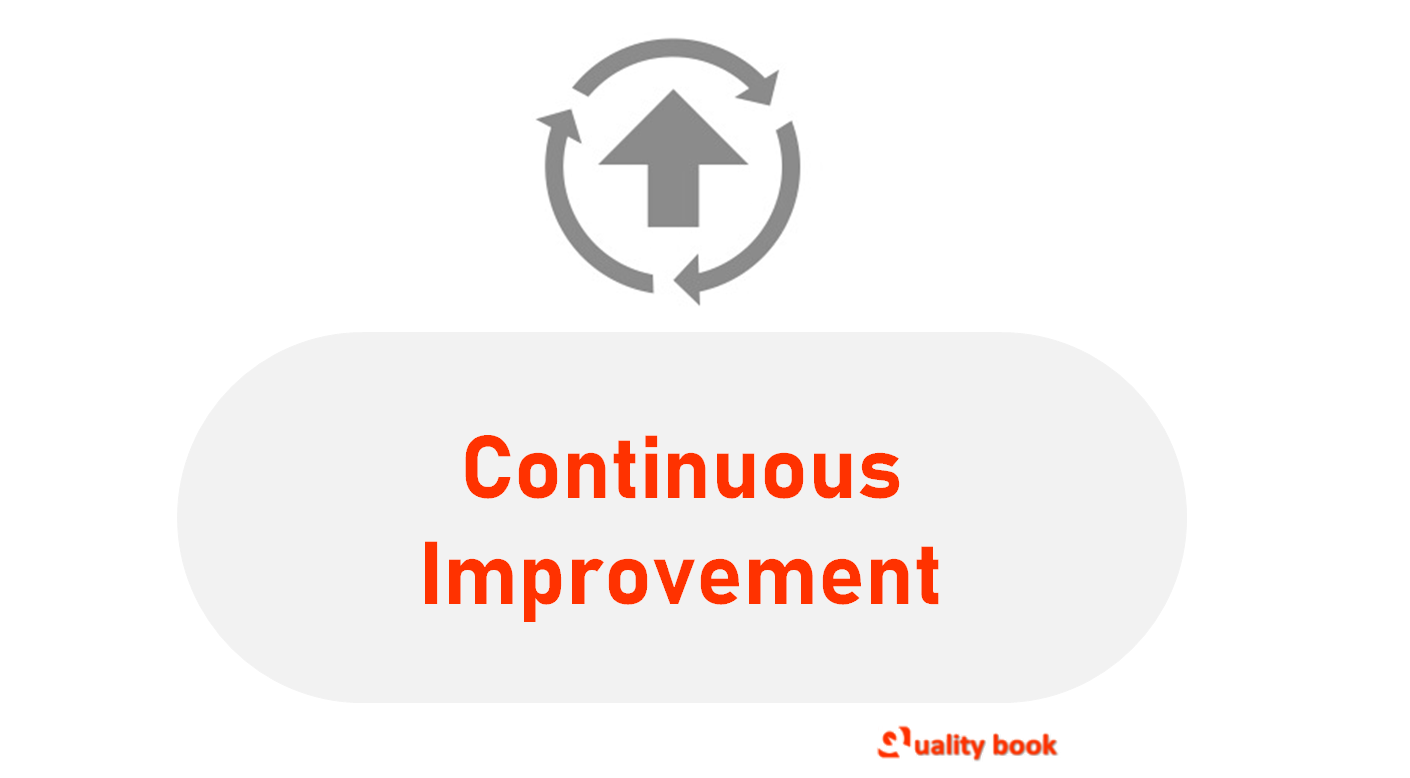
The Elements of Continuous Improvement may help enterprise that from any segment or industrial sector. It is basic fundamental infrastructure which is works on simple improvement points.
The dramatic changes of the Great Recession have left many starting over. Continuous Improvement programs are being rebuilt, reconstituted and revitalized. The people, knowledge and leadership are critical elements but an important lesson we learned over the last 15 years of helping our clients is that the success of a Continuous Improvement program is highly dependent on its infrastructure. So whether you are staring over or just starting, very early in the deployment, you must implement the following:
Launch Planning
Establish the schedules and activity tracking/reporting techniques
Human Resource Guidelines
Establish competency models and participant selection, position and role descriptions, compensation, reporting relationships, career planning.
Communication Plan
Create an overall message for the implementation. Provide clear reason why the adoption of the program makes business sense by explaining how it aligns to the Company’s strategic vision and each individual’s success.
Financial Guidelines and Responsibilities
Agree upon financial definitions, project forecasting requirements, methods of evaluation, realization tracking and reporting process. Agree how the financial arm of the organization will be involved.
Project Selection and Prioritization Guidelines
Recognize and define criteria, project type categorizations, problem statement and objective criteria, targeted savings values, approval process, completion requirements that collectively are to be used to rank and rate projects.
Establish a Project Pipeline
Go beyond selection, ranking and rating criteria to outline how ideas for new projects will be gathering, converts to projects, ranking, rates, and assigns. A pipeline of worthwhile projects is imperative to maintaining a program’s momentum.
Project Tracking and Reporting
Organize report requirements, systems and initial reports.
Information Technology Support
Software installations, computer needs, Intranet development, databases for final reports.
Management Review
Ensure constant measurement, feedback, and reporting on key deployment metrics to all stakeholders to ensure deployment objectives are meeting.
Commence and Maintain Executive Training
Whether you want to think of it as part of infrastructure or as a separate item for organizations that are ready, upfront executive training is imperative. You can’t allow the CI program to be something to which leaders aren’t aware, engaged and committed.
The training should go beyond “overview” training. It should layout executive’s responsibilities and how they are to engage. It should also explain what benefits the executives will accrue – what is in it for them. Make sure the training emphasizes the benefits of aligning improvement activities to their business goals – the things that really matter to the business.
Our latest executive brief, 10 Essential Do’s and Don’ts for a Six Sigma Deployment
To date, we have discussed many things important to a CI initiative from good knowledge transfer methodology to project alignment. But to attain real long term success, make sure you have a good infrastructure. Think of it like the barrel of a gun. It will ensure the program takes a straight line to its target.